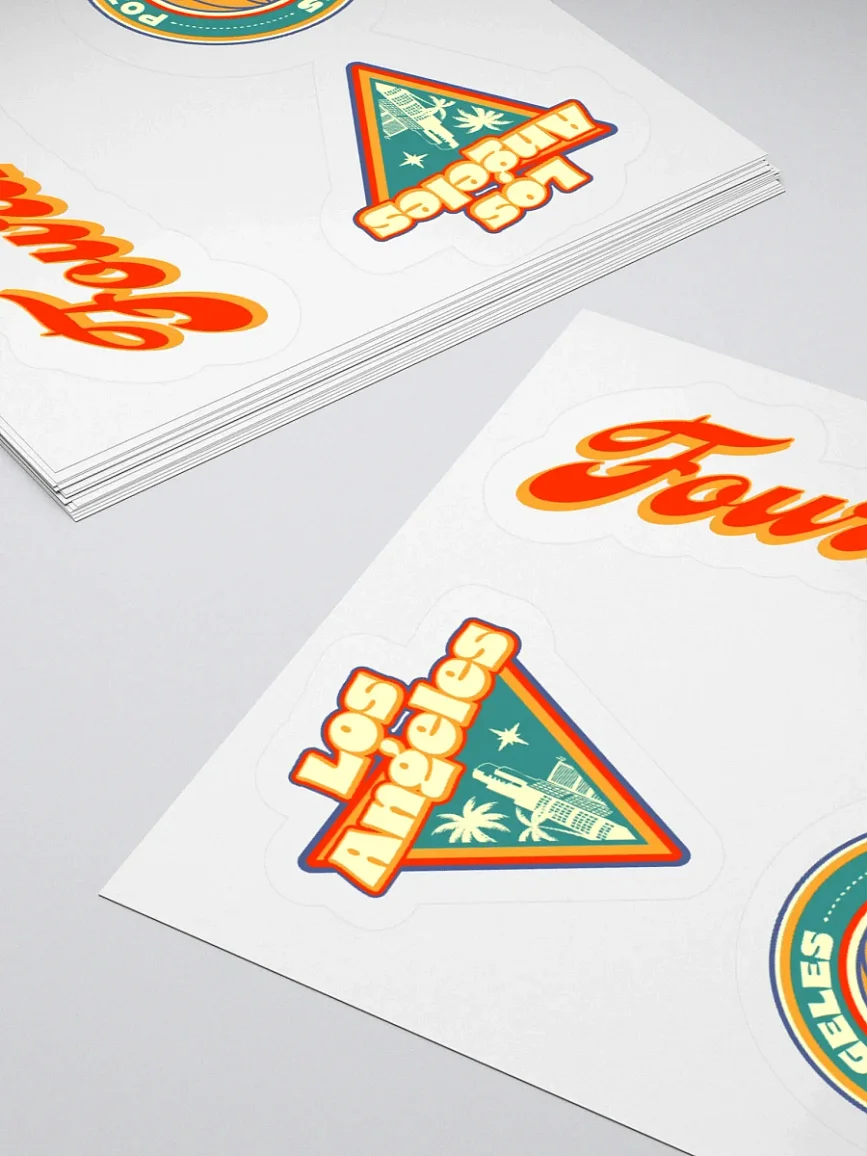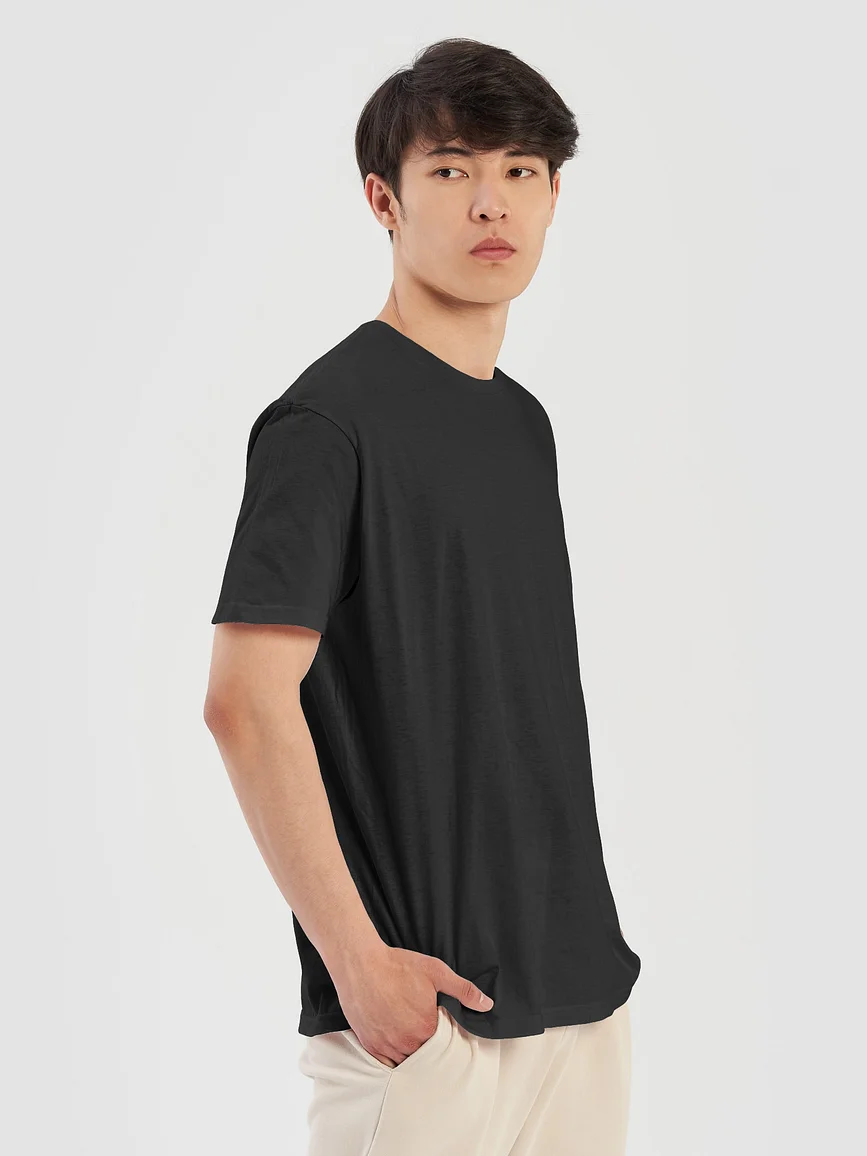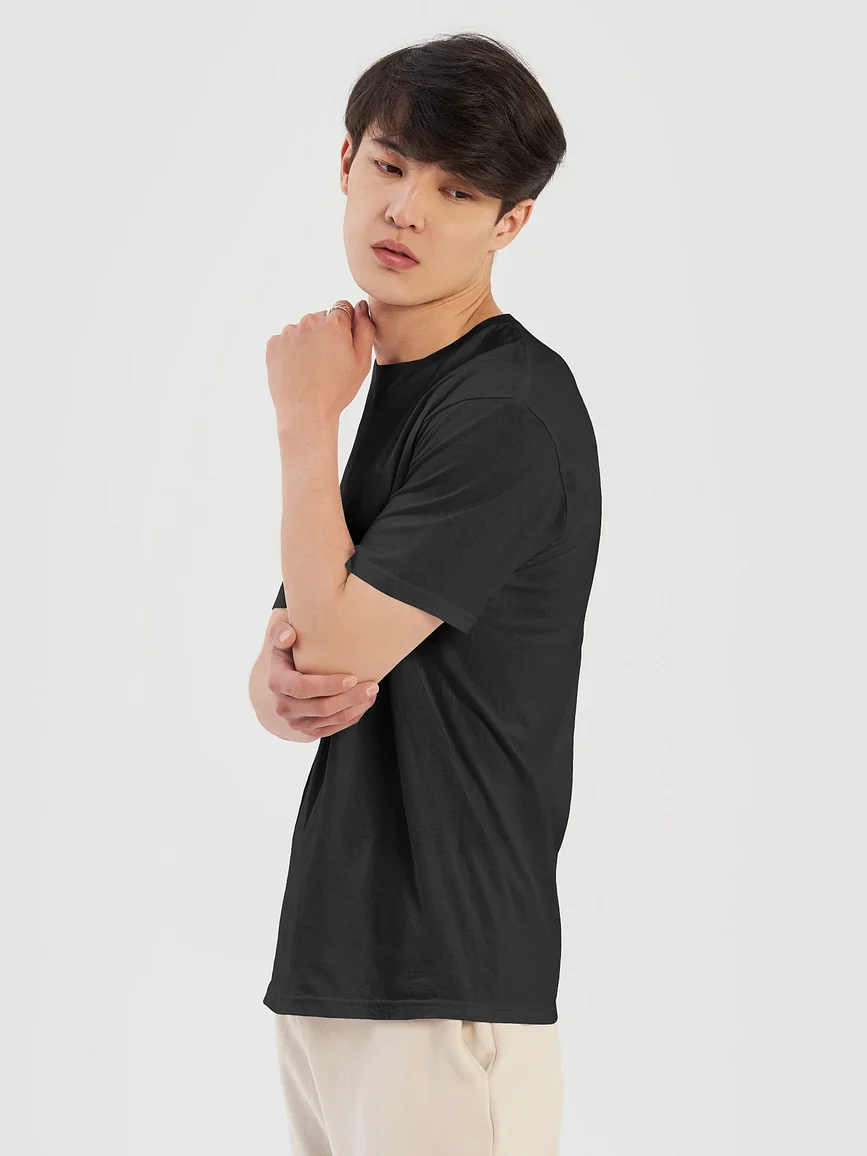How to Sell on Etsy: 6 Easy Steps to Launch Your Etsy Shop

Selling on Etsy has never been more popular or accessible for creators, offering the perfect platform to turn your creative passions into profits. Whether you’re an influencer looking to open a store for fan merch, an artist or crafter wanting to sell your handmade artworks, or a graphic designer offering digital downloads, Etsy provides tools and resources to help you showcase your goods to millions of Etsy buyers around the world.
Our guide will walk you through six simple steps to create and launch your Etsy shop, so you can join the ranks of Etsy sellers! By the end of this blog, you’ll be prepared to transform your creativity and your unique brand into a growing Etsy business.
Deciding What to Sell on Etsy
Choosing the right products is key to a successful Etsy store. Finding your Etsy sales niche is a combination of what you’re good at, what you enjoy doing, and what’s selling - if you can get a balanced combo of all three of these components, that’s a pretty perfect way to launch your Etsy store!

Some of the best selling items on Etsy include handmade jewelry, vintage clothing, beauty products, personalized gifts, craft supplies, home decor, wedding items, personalized gifts, and digital downloads. But while these are among Etsy’s top selling products, the platform isn’t limited to those.
Use Etsy’s search bar, Google Trends, and social media platforms to discover trending products, while still choosing something you enjoy making and are skilled at creating. A well-defined niche helps you attract the right customers, sell on Etsy, and build a loyal following.
Cost of Selling on Etsy
Learning about Etsy fees is essential for pricing your products and calculating profits. By better understanding Etsy’s costs, you can price your products competitively, while still maintaining profitability as you sell items. Here are the main costs:
- Listing Fees are $0.20 per product listing, renewed every four months.
- Transaction Fees are 6.5% of the total sale price, including shipping and any additional services like gift wrapping.
- Payment Processing Fees vary by location (see Etsy’s Payment Processing Fees table for details) and may also be subject to currency conversion fees, depending on your location and which currency you display in your Etsy shop.
- In addition to listing fees, transaction fees, and some payment processing fees, optional expenses for your Etsy store include Etsy Ads (purchased) and premium features like Etsy Plus. If you’re setting up an Etsy storefront for the first time, you might also be required to pay a one-time $15 set up Etsy fee.
6 Easy Steps to Sell on Etsy
Starting an Etsy store can feel like a lot! But breaking it into manageable tasks makes the process much easier. Here are six easy steps to get you all ready to sell on Etsy and build your successful Etsy shop!
Step 1: Create Your Etsy Account
To get started, of course, you’ll need an Etsy account. Head on over to the Etsy site, and click “Sign in” and then “Register” to create an account.
For your new account, you’ll need a valid email; a strong password to secure your Etsy account; and a shop name. Picking a unique, memorable shop name that aligns with your brand helps set your shop apart, and makes it easily identifiable to your customers.
Make sure that your Etsy shop name reflects your products, and also appeals in an obvious way to your target audience. For instance, “RusticWoods” would be great for handmade wooden items, while “VintageChicFinds” would be perfect for an Etsy shop selling retro fashions. Your shop name is also your brand’s first impression on Etsy, so take your time to make it meaningful and distinctive.
Step 2: Set Up Your Etsy Shop
Once your account is ready, it’s time to configure your brand new Etsy shop. Having a well-organized, informative, and visually appealing shop instills confidence in buyers, and sets the tone for your brand.
You’ll start with your shop preferences, choosing your shop’s language, location, and currency. These settings determine how your listings are displayed to buyers, and also how you’ll conduct transactions and communications while selling on Etsy.
Next up, describe your shop! Write a compelling (but concise) description of your Etsy store, highlighting what you’re selling on Etsy; how you create your products; what makes your shop stand out; and why customers should shop with you. Be a welcoming, friendly Etsy seller, and be sure to point out a few positive and unique facts about your products.
Finally, it’s time to customize your new Etsy shop - upload a professional looking banner and log that reflect your brand’s identity, paying close attention to your color scheme and easy to read fonts. You can even highlight a few of your products right in your banner, to give new visitors to your shop a better idea of what your shop is all about. Inexpensive online tools like Canva can help you create high quality visuals for your banner and any other graphics you’d like to customize.

Canva is a great tool for designing your Etsy banner, logo, and more.
Step 3: List Your First Product
Creating your listings is one of the most important parts of selling on Etsy. The visuals of your listings are what will initially catch the eye of your potential buyers; your description and pricing are what will convince them to buy what you’re selling on Etsy.
Let’s start with those visuals. You’ll need several images per product (Etsy recommends at least five images), all high quality product photos with good lighting. Use a variety of angles to show off all side of your product, and/or how it can be displayed or used in different scenarios.
You can also use one of your product photo slots to display important information; for instance, if you’re selling digital downloads, you can create a graphic image to include with your photos that explains in clear text that people are getting a digital, not a physical product.
Next up, a title and description for your product. Your title should be clear and full of relevant keywords, for example “Handmade elegant Art Deco style silver pendant necklace with gemstone.” In your description section, you can provide additional details for the items you're selling on Etsy, like size, materials, any special features, and uses.
Tags are also of importance on your listings; so much so that Etsy has a separate space in your listings for for them. You’ll use short tags (keywords) to help buyers find your product; some keywords for the necklace mentioned above might include “handmade jewelry,” “Art Deco necklace,” and “gemstone pendant.”
And finally, pricing. Set a competitive price for each product, factoring in Etsy fees, the materials used to make your product, and your time investment spent creating the product. Don’t undersell yourself; try to find a good balance between making the price well worth your time, while still making the price accessible and competitive with similar products and other Etsy sellers in your niche.
Step 4: Optimize Your Shop for SEO
Increasing your shop’s visibility on Etsy is where Search Engine Optimization (SEO) comes in. A well-optimized shop ensures your products appear in search results, and helps you reach your target audience. Use relevant keywords in your Etsy shop’s product titles, tags, and descriptions; you can research trending keywords using Etsy’s own search bar, or off-site tools like Marmalead; you can also check out similar shops in your niche to see what kind of titles they’re using.
Be sure you’re placing your shop’s items in the most appropriate categories. For example, if your Etsy business creates handmade candles, they would best belong in “Home and Living > Candles.” And consider renewing some of your listings on occasion; refreshing your titles and/or tags is thought to result in a short boost from the Etsy algorithm, briefly increasing your placement/visibility as the algorithm rates and recategorizes your listing.
Step 5: Set Up Payment and Shipping
Selling on Etsy and running your Etsy business also includes getting your products delivered, and getting yourself paid! Get this part of your Etsy shop rolling by setting up Etsy Payments, the easiest way to manage transactions on Etsy; you can set up Etsy payments to accept credit cards, PayPal, and other popular payment methods.
To get your shipping section all set up, you can start by creating shipping profiles for items with similar estimated delivery times and costs, so you can quickly ship out products. Having this information can also help you roll your shipping costs into your price points, allowing you to offer free shipping to your customers.
Purchasing Etsy shipping labels (U.S. based shops only) is another way to streamline your fulfillment and shipping process; this feature allow Etsy sellers to get a discount on USPS shipping rates, print labels from your Etsy dashboard, and easily track shipments. Efficient payment and shipping processes ensure customer satisfaction and encourage repeat purchases!
Step 6: Launch and Promote Your New Shop!
After setting up your shop, it’s time to go live and promote your products! Social media is a great way to do this - share your shop on Instagram, Bluesky, TikTok, and Pinterest. Announce the grand opening of your brand new shop, and then continue posting when you add new listings, feature products for holidays or special occasions, or hold sales.
Prioritize customer service, too. Respond quickly to questions and messages, and resolve any issues politely and professionally. Etsy sellers who offer great customer service get happy customers, and happy customers often lead to positive reviews, which are great for your Etsy shop! Consistent customer service and attention to detail will help your Etsy business thrive.
If you have the budget for it, Etsy Ads are another good way to boost the visibility of your listings. You can start with a smaller budget, and monitor your Etsy Ads performance, increasing your ad spend as you go. You can also team up with influencers or content creators to show off your products and reach new audiences. Promoting your Etsy shop in all of these ways helps drive traffic and increases the likelihood of sales.
Expand Your Online Business with Fourthwall
If you’re on the fence about Etsy, consider Fourthwall! Fourthwall’s all in one approach lets you build your brand on your terms, with creator-focused tools including custom storefronts, custom merch, subscription-based monetization, print on demand products, and socials integrations.

Socials integrations, custom storefronts and merch, and low seller fees make Fourthwall a perfect choice for creators launching ecommerce shops!
Selling your products on Fourthwall lets you diversify your income streams, analyze your sales data, manage inventory, and easily engage with your customers. You can get started for free on Fourthwall, and once you start selling, Fourthwall only charges 0% on physical products, 3% on digital products, and 5% on memberships. Open a Fourthwall store and get started earning today!
















